Calf muscle stretching exercise
Table of Contents
What is the calf stretch?
- The calves can feel tight for so many different reasons. A calf is the combination of two muscles called a gastrocnemius as well as the soleus. These muscles are used regularly by walking from place to place or participating in strenuous exercise.
- Calf stretching is an essential exercise to increase the flexibility of the lower leg as well as decrease the risk of injury & many health benefits. It is the most recommended warm-up exercise & if you are performing it regularly then it improves your overall fitness level.
- A calf muscle consists of the network of muscles and tendons on the back and sides of a lower leg. The large strength directly below the back of a knee is the gastrocnemius, as well as the long muscles on the side & downward part of a calf, are the soleus muscles. Both are attached to a heel through the Achilles tendon.
- When they do not have flexibility, this may influence the distribution of weight as well as the pressure you are giving to other areas of the body as you move around. As a result, the ankle, foot, as well as knee can not function how they should. It may cause pain, tightness, & even injury, sidelining you from your favorite activities.
- Calf pain has so many causes, involving tight & weak muscles of a lower leg, or the injury namely the calf pull or even strain. Sometimes the pain is not enough to remind you to see a doctor, but this can still affect your fitness ability as well as enjoyment.
- Stretching the calf muscles can help reduce pain & muscle soreness. Remember to warm up with a few minutes of cardio or a warm bath before stretching, & never forget to take the time to stretch well after a workout.
What are the health benefits of calf stretching?
There are some advantages/benefits the patient can achieve by doing calf stretch:
- Activate the calf muscles. The calf muscles do many everyday functions, including walking as well as standing, so they can easily become fatigued or stiff.
- Increase the short-term range of motion. Increase range of motion. Namely, ankle plantar flexion.
- Increase long-term flexibility.
- Reduce muscle soreness.
- This also helps in locking the knee.
- Increase circulation in the leg.
- Decrease the frequency of leg cramps.
- Avoid Achilles Tendinitis
- Avoid Shin Splints
- Avoid Plantar Fasciitis
What are the types of calf stretch?
There are so many techniques used for the calf stretch:
- Calf muscle stretch with or without a wall
- Heel cord stretch with bent knee
- Towel Stretch
- Calf raises
- Dorsiflexion Stretch
- Downward Facing Dog
- Heel Drop Stretch
- Lunging Calf Stretch
- Standing Bent-Over Calf Stretch
- Runner’s Stretch
- Seated Calf Stretch
- Calf Stretches on a step
- Inner Calf Stretch
- Isometric Calf Raise
- Stretching the calves with a folding chair.
Calf muscle stretch with or without the wall
There are two techniques for stretching the calf muscles. One needs the wall, & the other does not.
With the wall
- How to stretch the calf: Stand around the arm’s length in front of the wall.
- Place a left leg in front of the right. extend both arms to a wall.
- Press a back (right) heel into the floor & extend the back leg during keeping the front leg flexed.
- Hold the calf stretch for 15–20 seconds.
- Perform the stretch on the opposite side.
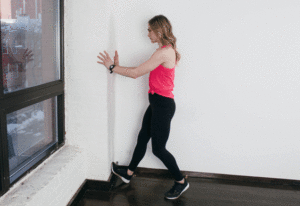
Without a wall
- How to stretch the calf: Place the left leg in front of the right leg.
- Transfer the body’s weight onto the front (left) leg, during keeping the back heel pressed to the floor.
- Hold the calf stretch for 10 –20 seconds.
- Perform a stretch on the opposite side.
- Prevent arching the back when performing the stretch.
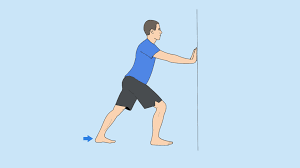
Heel cord stretch with bent knee
- The stretch needs the use of a wall.
- How to stretch the calf: Stand with the left leg in front of the right leg.
- Lightly flex a back (right) knee as well as slightly point the toes inward. compress both hands against a wall.
- Keeping both heels flat on the ground, compress the hips toward a wall.
- Hold the calf stretch for 30 seconds.
- Perform the stretch on the opposite side.
- When doing the stretch, try to maintain the hips centered over both feet & prevent leaning to one side.
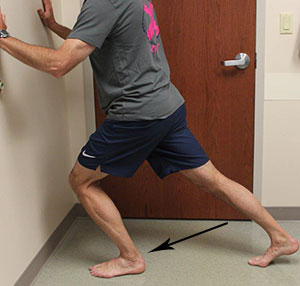
Towel Stretch
- The stretch needs a hand towel.
- How to stretch the calf: Sit on the floor with both legs straight out in front.
- Wrap the hand towel around a ball of the right foot. grab both ends of a towel.
- Keeping the legs extended, pull a towel toward the body, & hold the towel stretch for 15-30 seconds. After that, relax for 15 – 30 seconds.
- Perform this stretch 3 times, then perform the same on the other side.
- The back should be straight for the duration of the stretch.

Calf raises
- It needs a tabletop or even a chair for support.
- How to stretch the calf: Stand with the same body weight on each foot. Grab onto the tabletop or the back of a chair for support.
- Bend the left knee as well as lift the left foot. The right foot should take all of the body’s weight.
- Keeping the right leg straight, raise the right heel as high as possible. Lower it, & repeat the motion 8-10 times.
- Switch to the opposite side.

Dorsiflexion Stretch
- How to stretch the calf: Sit on the floor with legs straight out in front.
- Attach the elastic band tightly around a sturdy piece of furniture, namely the heavy chair or table. Loop the opposite end of a band around the foot.
- Move the toes toward the body, then slowly come back to the starting position.
- Repeat the movement 10 times, then change to the opposite side.

Downward Facing Dog
- How to stretch the calf: Embark in all four limb positions with the wrists directly under the shoulders and the knees under the hips.
- Then, as you push the hands into the floor, draw the head between the elbows as well as walk the butt into the air.
- Drive the heels towards the ground. Hold the calf stretch for 30 – 60 seconds, peddling the feet turn by turn.

Heel Drop Stretch
- How to stretch the calf: Take the yoga block, & find some elevated surface.
- Step both feet up as well as place the feet so that the left heel is over the edge.
- Drop most of the weight into that left heel as it drops toward the ground.
- Hold the heel drop stretch for 30 seconds to a minute, then switch sides.
- To stretch other angles of the calf, this stretch with the stretching leg slightly bent.
- The heel drop may also be a good dynamic stretch to do while the warm-up & to test the range of motion. Start with the same setup but rather have both of the heels over the edge. Drop the heels toward the ground, then press through the balls of the feet as you lift the heels. Repeat for 10-12 reps.
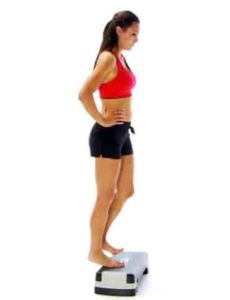
Lunging Calf Stretch
- How to stretch the calf: Stand facing some feet away from the wall. If you are not close to the wall, you may also just perform this with the hands on the hips.
- Put the hands on a wall for support & step one foot behind into a mini lunge, flexing the front leg as well as keeping the back leg extended.
- Incline into a wall & press the back heel down so it is flat on the ground. The far apart the feet are, the deeper the stretch will be.
- Hold the lunges stretch for 30 seconds, and perform it on another side.
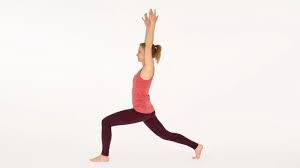
Standing Bent-Over Calf Stretch
- How to stretch the calf: Stand with one foot behind the other.
- Flex the back knee as well as keep the front knee extended as you fold forward & grasp onto the front foot underneath the toes.
- Pull up slowly on the toes, feeling the stretch in the calf.
- Repeat on the other side.
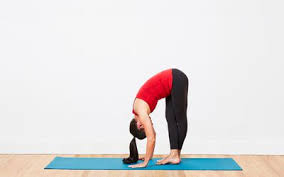
Runner’s Stretch
- How to stretch the calf: Face the wall & take a standing position 12 inches away from it.
- Straight the one leg behind you, keeping both feet flat on the floor & the rear knee extended.
- Incline toward the wall until you feel the tension in the calf muscle of the straight leg. (You have put both arms on the wall for balance.)
- Hold the runner’s stretch for around 30 seconds.
- Perform with another leg.

Seated Calf Stretch
- How to stretch the calf: Sit on the floor with your legs extended in front of you.
- Lean forward & grasp the arches of the feet.
- Pull the toes toward the body till you feel the stretch in the calf muscles.
- Hold the calf stretch for up to 30 seconds.
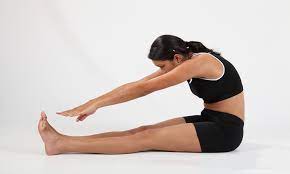
Calf Stretches on a step
- How to stretch the calf: Stand tall on a step with the heel of the right leg to be stretched resting off the back of the step.
- Drop a heel down by slightly flexing the other knee until you feel the stretch in the calf.
- Hold the calf stretch for 30 seconds and do it 2- 3 times
- To stretch gastrocnemius, keep a knee extended throughout the stretching.
- To stretch the soleus, flex the back knee slightly while the calf stretches.
- If the patient is performing the exercises on the stairs, he can achieve more of a stretch if you place the other foot on a higher step.

Inner Calf Stretch
- How to stretch the calf: Stand leaning on the wall with the leg to be extended back behind you.
- Laterally rotate the leg at the hip & then incline forwards until you feel a stretch in the calf, mainly on the inner side.
- Hold the calf stretch for 30 seconds & repeat 2-3 times.

Isometric Calf Raise
- How to stretch the calf: Start standing up straight with the chair about hip height in front of you, the patient should put both hands on the back of the chair with the feet around shoulder-width apart.
- After grabbing the back of the chair, slowly lift both of the heels off the ground.
- The patient should be on the heels of the feet & this is where the raise should be coming from.
- Do not put too much weight on the arms & maintain the position for the duration of time.
- Hold the isometric stretch for 30 seconds.

Stretching the calves with the folding chair
- How to stretch the calf: Put the folding chair upside down on the mat so that the underside & legs of the chair face you as well as the seat facing the floor.
- If the bucket/underside is slippery, put another mat there or fold the mat to cover it. If the patient selects the second option, make sure the whole chair is still on a mat.
- Hinge at the hips to put the hands on the upper legs of the chair as you put one foot & then the other against the bucket of the seat.
- Compress the heels down toward it. (They can not touch fully, but if the heels do not touch partially, perform one foot at a time or skip this one, as it can be acute for the ankles).
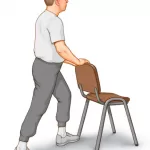
Variation with one foot on a chair
- As you breathe in lengthen the spine, & as you breathe out fold a bit deeper at the hips as well as flex the elbows for comfort. Hold here for 15-30 seconds. Then, if you select to go deeper, walk the hands and lower the legs of a chair.
- Continue to walk the hands lower the chair legs, pausing, breathing, as well as repeating till you have not reached the edge. When you have gone far you can sustainably hold, pause there for up to 2-3 minutes.
- To return from the stretch, move the hands back up the chair legs. Gently step away from the chair one foot at a time & come to stand in half standing forward fold. Then gently come up as well as stand in mountain pose for a minute or longer to notice the connection between the feet & the ground. Observe whether you feel a newfound sense of ease and steadiness during standing.
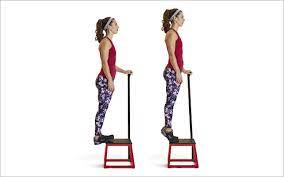
What are the common mistakes to avoid while calf stretching?
There are some mistakes the patient should avoid while stretching the calf:
- Back to the floor right away: The putting down of the legs should be slow as well as controlled for the effectiveness to be felt.
- Giving pressure on the arms: There are so many stretches for calf muscles so avoid pressing from the arms as this will give unnecessary strain on the upper body with no benefit.
- Not Keeping the Back extended: Try to keep the extended back & not be slumped forward. Use the longer towel, strap, or belt so you do not have to flex forward to do the stretch in a prolonged sitting position.
- Cold Muscle Stretching: If the patient is performing the stretch in the morning for plantar fasciitis, you might perform it before you get out of bed to loosen up before standing on the affected foot. But for other utilizations, this is best to warm up the calf muscles with some walking & other exercises before stretching.
- Never bounce while calf stretching, this causes injuries to the muscle.
- The patient should focus only on the exercise while performing it.
What are the safety as well as precautions measures while calf stretch?
There are some safety matters the patient needs to follow :
- If the patient has any prior injury or even chronic pain in the legs, back, or hips, consult with the doctor or even physical therapist before starting any exercise program. After the injury, the patient should not do stretching until they can push the toes down against the ground without feeling pain.
- During stretching, the patient has to feel the tension in the muscles, but the patient does not feel any pain. exercise must be a gentle stretch. Overstretch may cause injury.
- After the injury, the patient should not do stretching until they can push the toes down against the floor without feeling pain.
- Do not perform when you have ankle as well as foot injuries.
FAQ
What causes very tight calves?
Overuse: Sudden start/increase in activity or even change in activity. Underuse: Not moving enough. Muscle wasting (atrophy): See underuse but also common in older age. Muscle tears: These would also be acutely painful & tights as well.
Why do calves hurt to stretch?
Muscle Strain
Stretch too far or even put too much pressure on the calf, & the patient can strain the muscle. If so, you will have a dull ache that worsens when you move. Swelling, redness, or bruise are also common, & this may hurt to rise up on the toes. Rest as well as ice can help.How often should you stretch your calves?
There are 3 muscle groups that every runner should stretch on the regular basis. A calf muscle is one of them. If the patient is not a runner but is physically active, this is still a good idea to stretch the calf muscles once or twice a week.
How many times a day should the patient stretch my calf?
If the patient has a tight calf muscle, this is a good idea to continue to stretch the muscle every day. He might even want to do this 2 times per day to start with. It will allow you to gain improvements in muscle length, which will minimize pain in a short term.
When should the patient be concerned about calf tightness?
The leg is swollen, pale, or even unusually cool. Calf pain, particularly after prolonged sitting, namely on a long car trip or plane ride. Swelling in both legs along with breathing issues. Any serious leg symptoms which develop for no apparent reason.
What causes tight calf muscles at night?
Nighttime leg cramps can be related to foot position. The patient often sleeps with their feet & toes extending away from the rest of the body, a position called plantar flexion. This shortens the calf muscles, making them more susceptible to cramping.

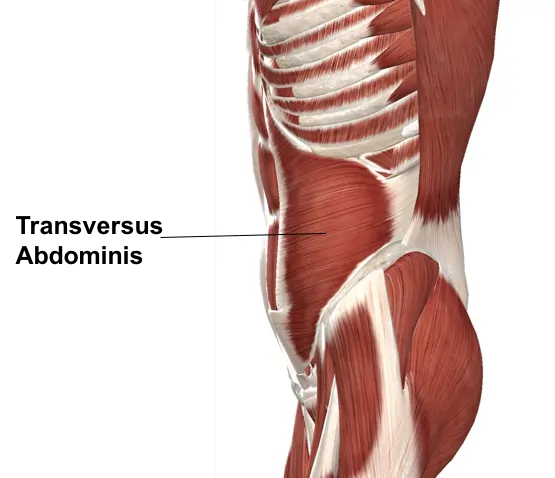
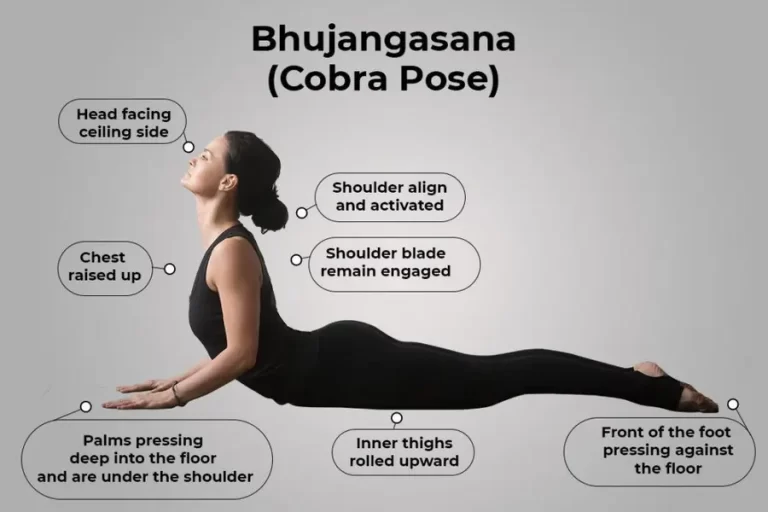
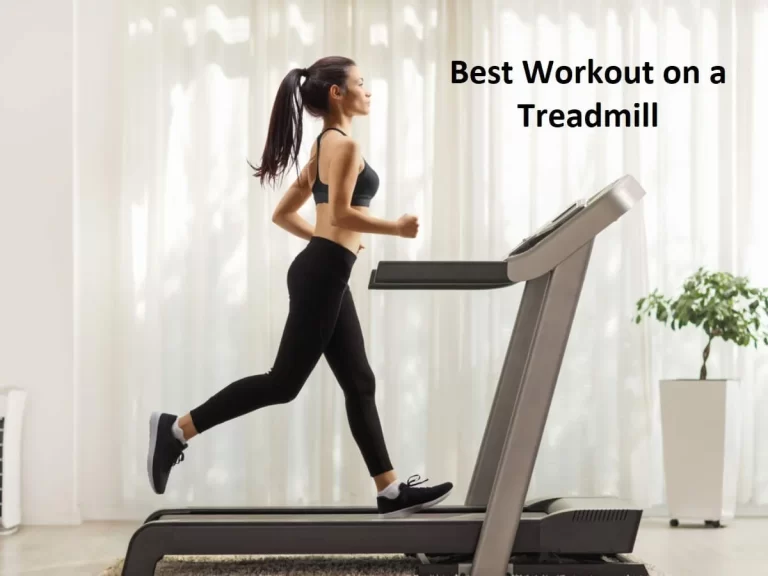
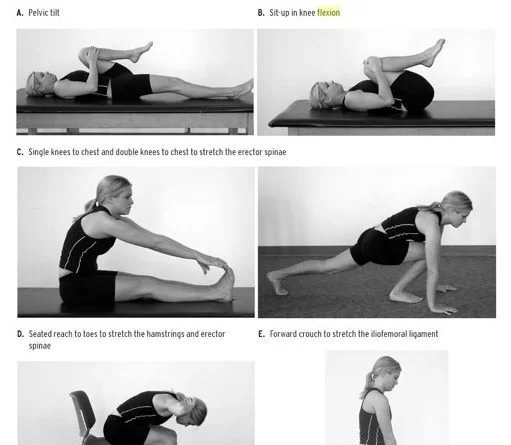
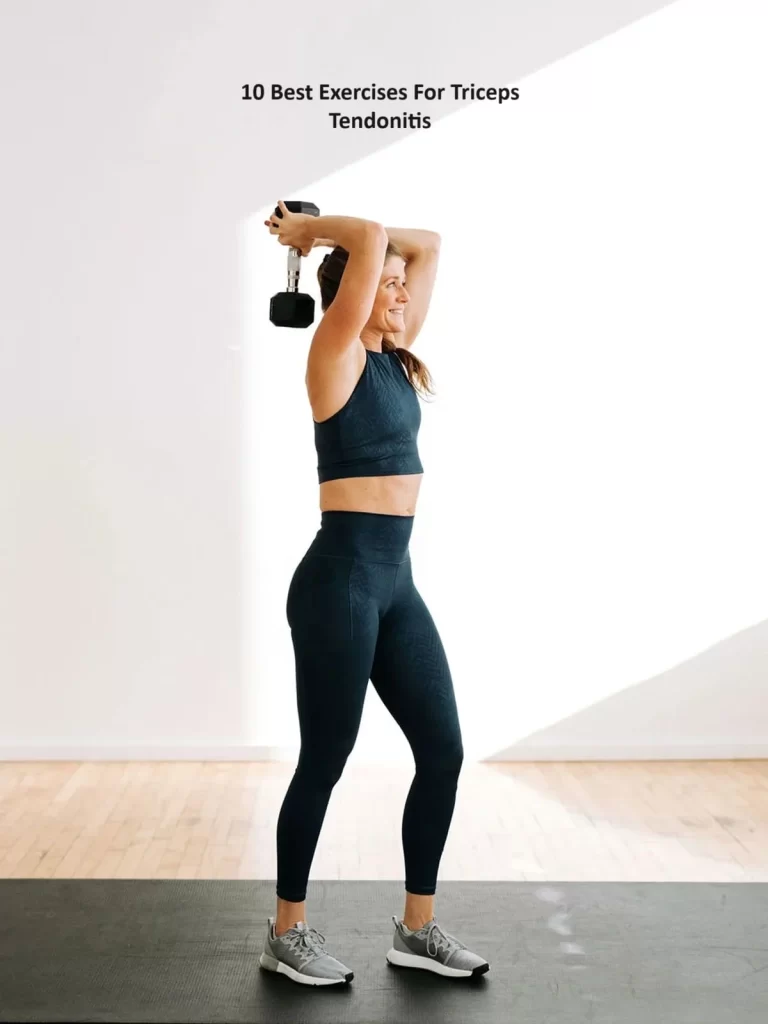
6 Comments